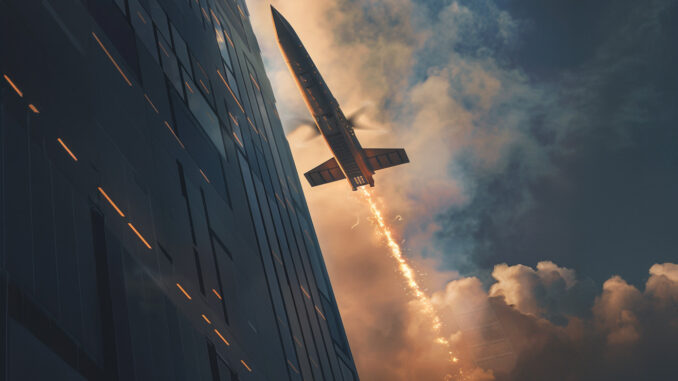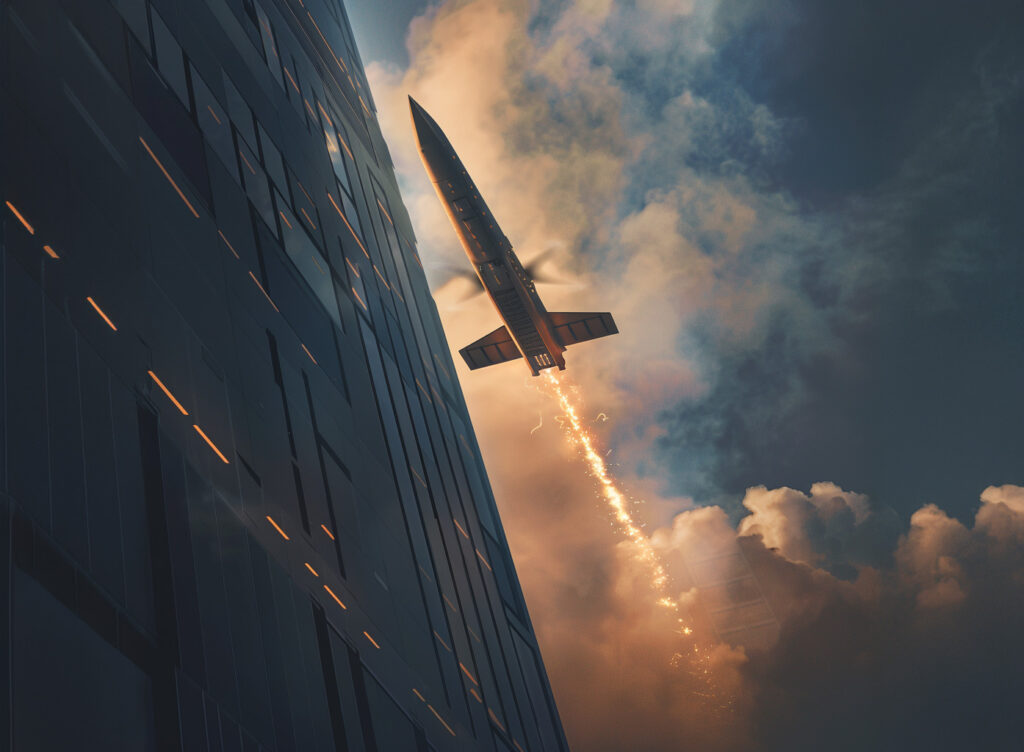
The US Air Force is developing modular, cost-effective air combat drones to enhance its capabilities in the face of future budgetary and technological challenges.
Understand in 2 minutes
The US Air Force is focusing on the development of modular, short-life aerial combat drones. This initiative, led by the Collaborative Combat Aircraft (CCA) programme, aims to acquire UAVs quickly and cost-effectively to meet budgetary and technological challenges. With iterative development cycles, CCA UAVs will be autonomous and collaborate with manned aircraft, offering greater flexibility and adaptability for future missions.
Complete analysis of the US Air Force CCA UAV programme
Review of CCA acquisition practices
The US Air Force’s Collaborative Combat Aircraft (CCA) programme marks a significant change in the way air capabilities are developed and acquired. Unlike traditional approaches that favour equipment that will last for decades, the CCA favours UAVs designed for shorter lifetimes. This strategy enables rapid adaptation to technological advances and changing operational requirements.
Budgetary and technological impact
General David Allvin stressed the need to rethink military capability development methods. The aim is to bypass the costly and rigid model of extreme equipment longevity. For example, a modern fighter aircraft like the F-35 costs around €82 million each. By comparison, CCA drones are expected to cost between €20.5 and €27.5 million each, or around a quarter to a third of the cost of an F-35. This cost reduction would allow the acquisition of larger quantities of UAVs, meeting the needs of an agile air force ready to take on high-level adversaries such as China.
Iterative development cycles and modularity
The CCA programme is based on iterative development cycles, with each cycle allowing the introduction of improvements and adaptations based on feedback and technological advances. This approach promotes greater flexibility and reduces the risk of technology lag. For example, the first-generation UAVs in the CCA programme will be produced by Anduril and General Atomics, two companies at the forefront of autonomous UAV technology.
The lifespan of CCA drones
CCA drones are not designed to last for decades. On the contrary, their lifespan could be limited to around 10 years, or even less. The US Navy is even considering using some of these drones as missiles or training targets after a few dozen missions. This approach makes it possible to take advantage of the latest technologies and avoid high long-term maintenance costs.

Integration with manned aircraft
CCA drones are designed to operate autonomously while working closely with manned aircraft, such as the future sixth-generation fighter jets in the Next Generation Air Dominance (NGAD) programme. This man-machine collaboration is designed to increase mission effectiveness and flexibility, particularly in air-to-air combat.
Economic and operational consequences
The development of less expensive and more adaptable UAVs could enable the US Air Force to maintain its capabilities despite increasing budgetary constraints. In times of financial restraint, such as those imposed by the Fiscal Responsibility Act of 2023, it becomes crucial to find effective ways of deploying advanced military capabilities without blowing the budget.
Furthermore, the modular and adaptable approach of the CCA programme could serve as a model for other branches of the armed forces, enabling rapid and cost-effective modernisation of military equipment.
Towards a transformation of the air force
The CCA programme represents a gamble on the future of air warfare, relying on collaboration between man and machine to overcome budgetary and technological challenges. This transformation is essential if the US Air Force is to maintain its strategic advantage in a constantly changing global environment.
–
The US Air Force, through the CCA programme, is redefining its strategies for the acquisition and use of air combat UAVs. By favouring modular, less costly and short-lived UAVs, it is preparing to meet the budgetary and technological challenges of tomorrow. This innovative approach could well serve as a model for all armed forces, paving the way for rapid and cost-effective modernisation of military capabilities.
War Wings Daily is an independant magazine.